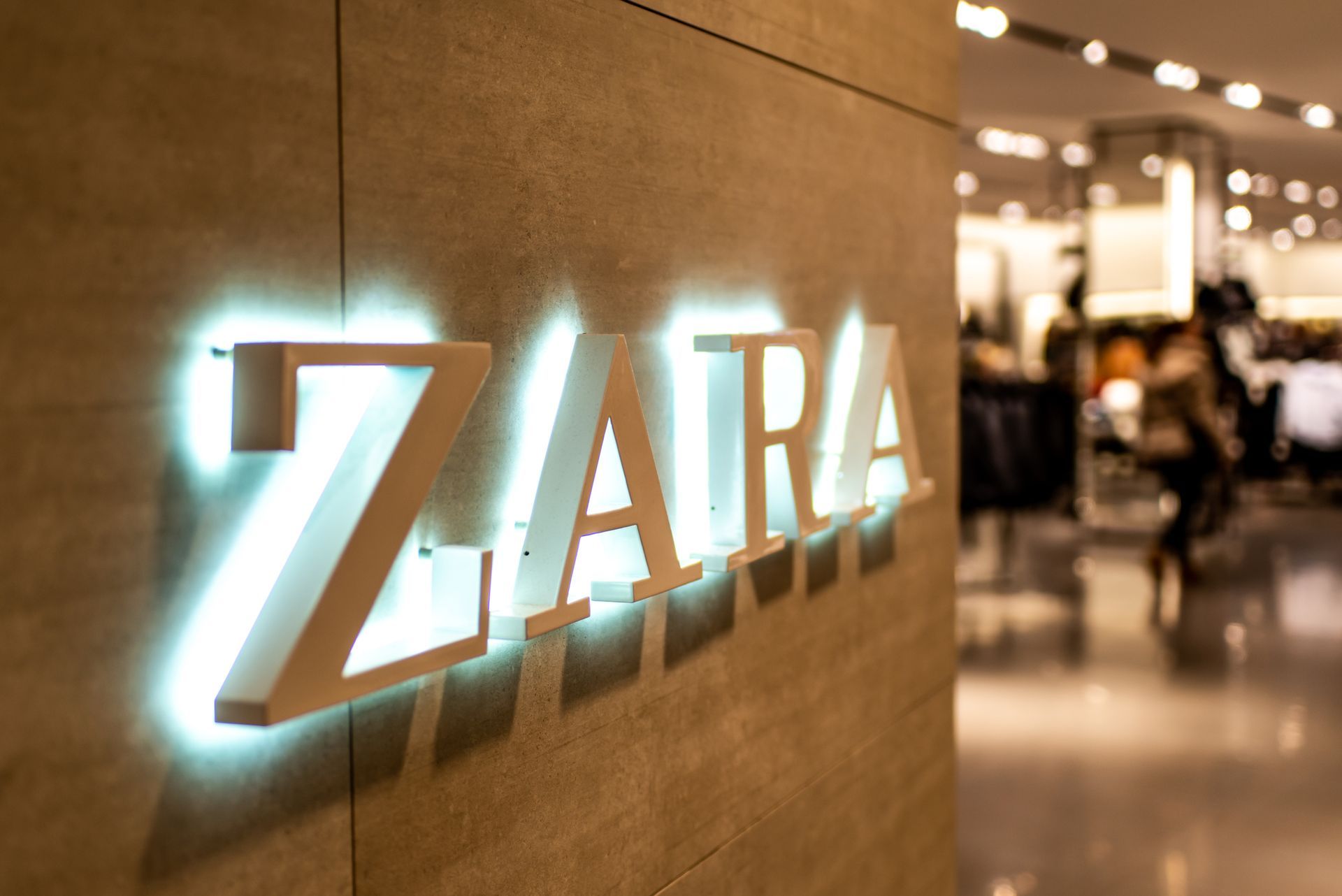What Exactly is SEO? A Non-Technical Guide
A Beginner's Guide to SEO: What is SEO?
SEO stands for Search Engine Optimization and is a process used by webmasters to help improve their website’s visibility on search engine results pages (SERPs). In other words, it is the process of optimizing your website in order to make it appear higher in search engine rankings.
KEYWORDS & PHRASES
SEO involves the use of keywords and phrases within the content of a webpage that help it appear more frequently in searches related to that particular topic or niche. By including these relevant terms, websites are able to increase its chances of being found when people type related queries into search engines like Google, Bing, or Yahoo!
LINKS & BACKLINKS
Another important aspect of SEO is creating links from other websites back to yours—these are called backlinks. Backlinks make up a large part of what’s known as a website’s link profile or citation flow, which can have a direct impact on how well the site does in SERPs. The more authoritative sites that link back to your own, the higher you can expect your ranking to be.
ON-PAGE OPTIMIZATION
On-page optimization is another significant component of SEO and entails various techniques such as optimizing titles, meta descriptions, headers (H1/H2/etc.), keyword density and usage throughout text, using images effectively with Alt-Tags for W3C validation, fixing broken links and redirecting them properly, improving loading times via caching methods etc. Essentially everything needed for making sure your page meets all standards set by Google and other major search engines can come under this umbrella term.
WEBSITE STRUCTURE
Site structure also plays an important role when it comes to boosting your website’s ranking in SERPs – this includes everything from interlinking post categories/tags/ posts (internal linking) as well as fixing URLs if they are too long or not descriptive enough etc., utilizing breadcrumb navigation markup & proper canonical tags where necessary etc., all of which can help crawlers better understand how individual webpages relate to each other hierarchically speaking and improve user experience significantly at the same time
SOCIAL MEDIA SIGNALS
Social Media Signals are also taken into account by Google bots when assigning ranking positions for websites – signals from popular social networks such as Facebook & Twitter need to be gathered through methods like RSS Feeds or sharing buttons code placed inside posts & pages depending on chosen strategy used by marketers when aiming at boosting organic visibility over time for certain targeted keywords / keyphrases etc.
Conversion Rate Optimization
Finally, Conversion Rate Optimization (CRO) should never be overlooked – this entails various tactics employed both online & offline in order to maximize any given website’s number of conversions obtained with each visit coming from potential customers visiting afterwards – this is especially true when having dynamic ads running through established Ad Networks while remaining actively monitored & tweaked according current results acquired over the course routine A/B testing activity conducted periodically



